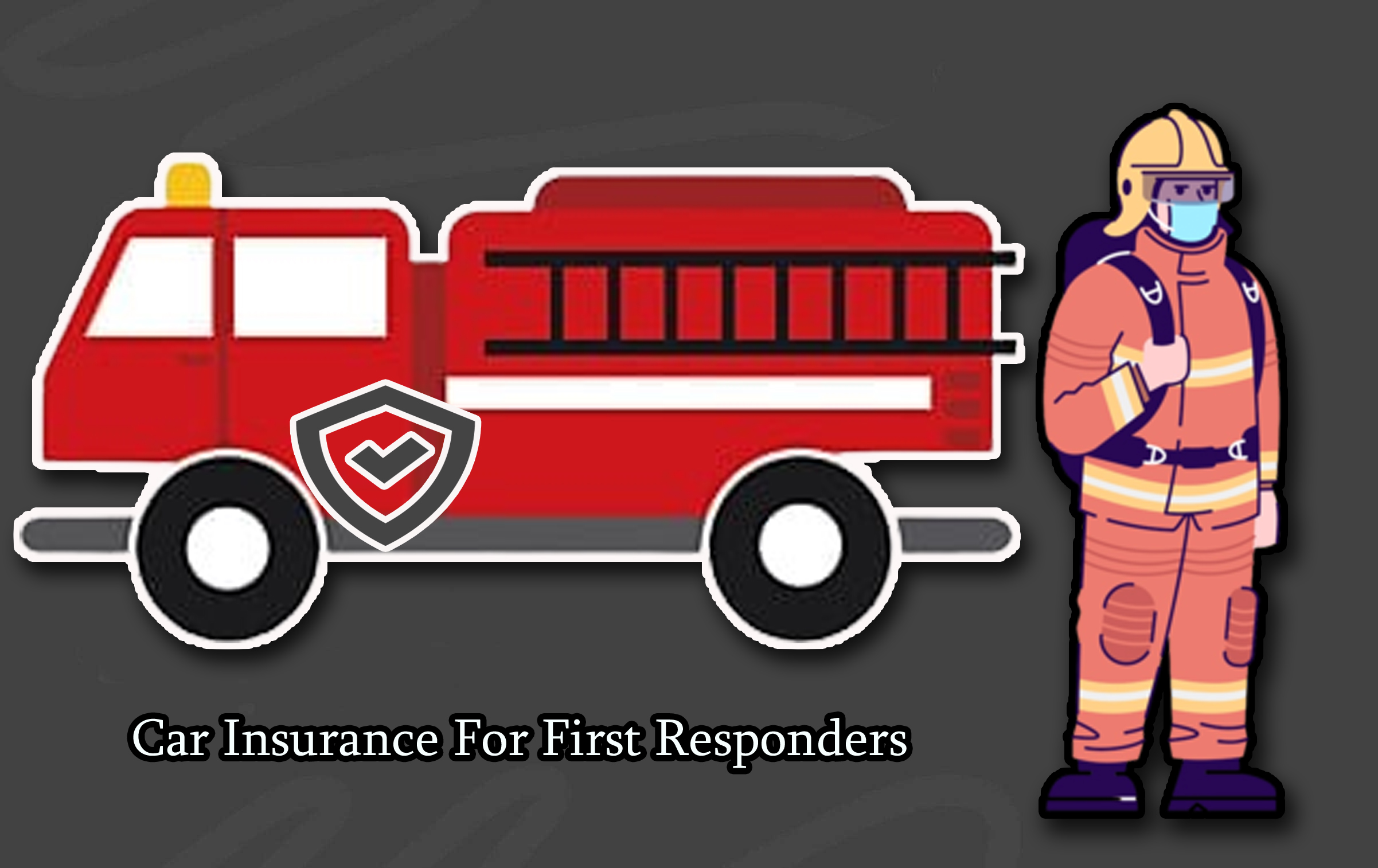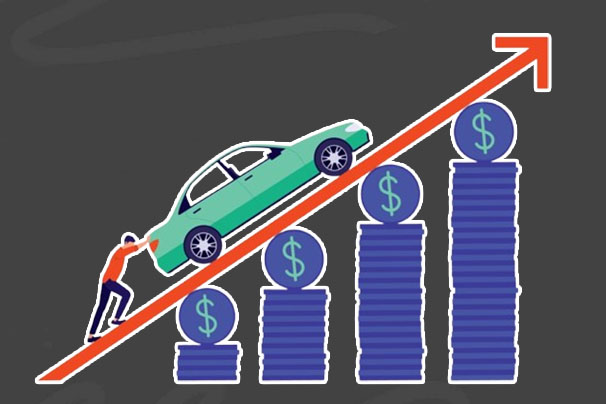Logistics Jobs in USA with Visa Sponsorship – A logistic job is one of the most lucrative jobs currently, and you can earn up to $116,500 yearly and $9,708 monthly. Fortunately, the logistic industry in the USA is offering a vast array of job opportunities to international students and foreigners in need of logistic jobs with visa sponsorship. This is as a result of the vital role logistics play in the smooth functioning and efficient movement of goods and materials across global supply chains.

For foreigners who are looking forward to working in the United States, the logistics industry is a promising sector and a rewarding career path where you get to fulfill your financial dreams and goals. With many employers who are actively in search of qualified candidates for logistic jobs, you should start exploring different opportunities on the internet and applying for them.
There are several types of logistic jobs in the USA that you can apply for, such as logistic coordinator, warehouse manager, and sales representative, amongst others. In this article, we would give an overview of what a logistic job in the USA is all about, proving helpful tips that would aid your application journey. Ensure you read to the end to not miss out on valuable information. Here are other jobs to check out.
- Supermarket Job in USA with Visa Sponsorship – $30,00$ to 35,5000 USD Yearly.
- Waiter Jobs In USA With Visa Sponsorship – $31,715 – $46,674 USD Yearly.
- Caregiver Job in USA with Visa Sponsorship – $31,500 – $75,000 USD Yearly.
- Gardener Job in the USA with Visa Sponsorship – $39,009 – $54,587 USD Yearly.
- Photography Job in USA with Visa Sponsorship – $32,000 – $58,000 USD Yearly.
- Restaurant Job in USA with Visa Sponsorship – $32,000 – $42,000 USD Yearly.
- Cleaning Job in the USA with Visa Sponsorship – $29,250 – $38,603 USD Yearly.
- Painting Job in USA with Visa Sponsorship – $49,441 – $70,800 USD Yearly.
- Bus Driver Jobs in USA with Visa Sponsorship – $34,000 – $54,000 USD Yearly.
- Fuel Station Job in USA with Visa Sponsorship – $29,065 – $36,680 USD Yearly.
- Hotel Cleaning Job in USA with Visa Sponsorship – $31,390 – $38,000 USD Yearly.
- Car Washing Job in USA with Visa Sponsorship – $29,250 – $39,000 USD Yearly.
What Does a Logistic Job Entail?
Logistics jobs typically involve the planning, coordination, and management of transportation of goods and materials within a supply chain. Every type of logistic job plays a crucial role in ensuring that products and goods are delivered effectively and on time to meet the customer’s standards.
Most industries and businesses today often need the help of logistics workers with the delivery of goods, products, and information to their customers. Without logistic workers, it would have been a struggle to deliver goods to far distances.
Duties of Logistic Workers
Highlighted below are responsibilities you are to carry out if you are employed as a logistic coordinator in a logistic firm or company:
- Coordinate shipments.
- Manage goods and materials in the supply chain.
- Coordinate transportation management systems.
- Analyze logistics data.
- Communicate effectively with team members and customers.
- Collaborate with third-party logistic providers.
- Liaise with suppliers and customers.
- Implement effective logistic strategies.
- Identify and resolve logistic-related issues.
- Maintain detailed records of supplies.
It is important to add that the specific duty you are to perform largely depends on the company or firm you are working with. Your employer may have a specialized duty he wants you to perform. Hence, it is essential to request information from your employer in order to know what exact duty you are to perform.
Qualifications Needed for Logistic Jobs in the USA with Visa Sponsorship
There are certain requirements a candidate is expected to fulfill before he/she is offered a logistic job in the USA with visa sponsorship. Some of these qualifications include:
- Bachelor’s degree in logistics or any other related field.
- Strong data entry skills.
- Strong analytical and problem-solving skills.
- Project management skills.
- Good phone etiquette.
- Strong communication skills.
- Knowledge of shipping and receiving processes.
- Proficiency in transportation management systems.
Having previous experience in logistics, transportation, or supply chain management can also increase the possibility of being offered the job. Please note that these qualifications can vary depending on the actual job requirement and the preference of your employer. So, it is important for candidates to research the eligibility requirements and qualifications needed for the job, just to be on the safe side.
Benefits of Logistics Jobs in USA with Visa Sponsorship
There are several benefits a foreigner stands to enjoy if he/she is offered a logistic job in the USA. This job is one of the most lucrative jobs and has helped a lot of foreigners attain financial independence. Here are some of the benefits attached to logistic jobs in the USA:
- Visa sponsorship
- Competitive salary
- Opportunity for career advancement.
- Global exposure and networking.
- Flexible work schedules
- Retirement and pension benefits
- Comprehensive benefit packages.
In addition to these, some companies may also allow you to work remotely, i.e., from home, which makes it easier and more cost-effective. If you are also experienced in logistic operations, it can influence how much you earn.
Examples of Logistic Jobs in the USA with Visa Sponsorship
- Supply Chain Manager
- Logistics Coordinator
- Warehouse Manager
- Distribution Center Manager
- Transportation Planner
- Customs Broker
- Logistic Specialist
- Logistics Analyst
- Inventory Manager
- Shipping and Receiving Clerk
- Logistics Sales Representative
- Procurement Specialist
- Logistics Consultant
Where to Find Logistics Jobs in USA with Visa Sponsorship
In this revolutionized world, you can access a wide range of information from the internet, anytime, anywhere. There are several reliable and secure websites you can visit if you are on the lookout for logistic jobs in the USA with visa sponsorship. We have helped to curate a list of them below:
- Indeed
- LogisticsIQ
- ZipRecruiter
- Glassdoor
- Monster
- CareerBuilder
- USAJobs
- SupplyChainOpportunities
- LogisticsJobSite
- InboundLogistics
By visiting these websites, you can explore and identify numerous job opportunities outside h=your home country. If you seek a visa sponsored job, the primary focus of your search should be on logistic jobs in the USA with visa sponsorship.
Type of Visa Needed For Logistic Jobs in the USA with Visa Sponsorship
When applying for a job outside your home country, it is important you have a substantial knowledge of the type of visa needed for the job and the visa process. Now, when you are applying for a logistic job in the USA with visa sponsorship, you should apply for an H-2B visa.
This type of visa gives you the opportunity to be hired by a company, firm or industry in a country you hope to work in. H-2B visa is mostly used for temporary workers in the United States. In addition, your employer needs to send a petition to the U.S department of labor on your behalf in order to complete the visa processing.








